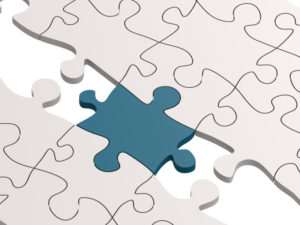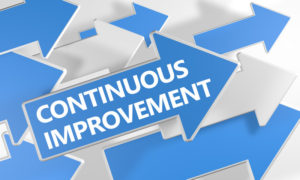January 1, 2020 marks more than just another new year, it marks a new decade. And a good time to take stock.
What are your personal highlights of the past decade? What does the new decade hold for you? Are you living the life you want to live?
I have never been a “bucket list” kind of person, but I did set four big, broad goals for myself early in this decade. They involved family, work, travel, and friends.
My family goal involved grandkids that weren’t yet born. I told my husband that I wanted to spend a lot of time with my grandkids if I was fortunate enough to have them someday. That someday came for us four times between 2012 and 2016. Happy to say, I’m meeting my family goals. Once we had grandkids, there was no question I wanted to make the changes needed to live near them so I could see them often. We made the move back to New England in 2016 and it was one of our best decisions ever. They are now 7, 5, almost 5, and 3 ½. I fondly call them the “Fab Four” and we see them often.
That decision to move was tightly coupled with a major career decision. Leaving a fulltime position as a healthcare CIO to start down a path of interim management, consulting and leadership coaching. It’s a decision I have never regretted as I now have more control and flexibility in my career and work. This period has included launching and growing a successful health IT advisory firm, StarBridge Advisors, with two colleagues for the past 3 years. Continue reading




